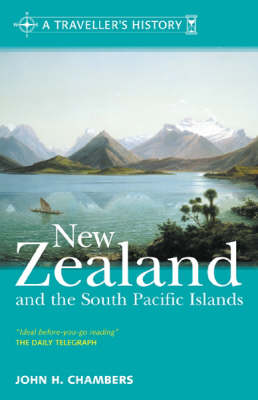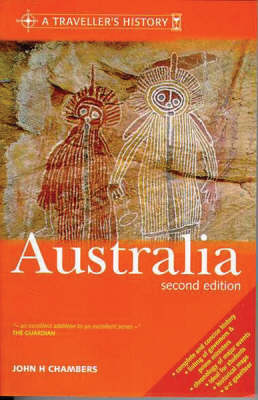A traveller's history of
2 total works
A Traveller's History of New Zealand and South Pacific Islands
by John H. Chambers
Published 10 January 2003
A Traveller's History of New Zealand and the South Pacific Islands gives the curious tourist not only a modern day portrait of New Zealand and the far flung islands, their political systems and economic diversity, but also a look at the early settling of this massive area which covers about a fifth of whole surface of the earth. When European navigators first sailed into the region they were astonished at the exotic shared culture and language of the natives, separated in some cases by terrifying stretches of open ocean. The story of the peopling of the South Pacific Islands and NZ is one of the world's great epics and John H. Chambers vividly conveys these islands' histories in this book. 'An excellent series of brief histories' New York Times.
This title is aimed at travellers, or those interested in history, who wish to enjoy the diversity of Australia. It outlines the history of the country from the arrival of the earliest Aborigines some fifty or sixty thousand years ago to the preparations for the Sydney Olympics in the year 2000. The ancient Aboriginal way of life is described; the vast deserts and fertile coastal plains, treacherous climate and peculiar marsupial animals; early European sightings; and the establishment of the British convict colony in 1788 which dragged the continent into the modern world. The dynamic story of Australia in the 20th-century, its role in two world wars, the post-war discoveries of huge mineral deposits, and the influx of Southern European migrants who changed the countries ethnic make-up. Australia's courting of Asia in recent decades and the return of vast areas of land to the Aborigines are examined in the final chapter. A historical gazetteer discusses the chief place of interest for tourists. The book concludes with the several appendices: the most influential Australians since 1788; why boomerangs return; and the peculiarities of kangaroo physiology.

